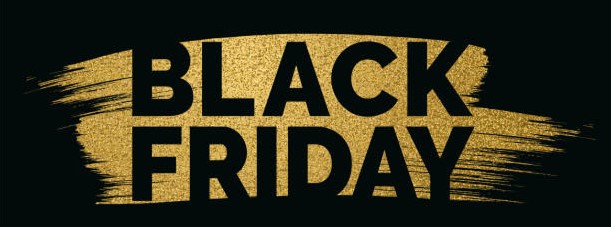
Black Friday Sales Analysis and Prediction
Black Friday is an informal name for the Friday following Thanksgiving Day in the United States, which is celebrated on the fourth Thursday of November. Many stores offer highly promoted sales on Black Friday and open very early, such as at midnight, or may even start their sales at some time on Thanksgiving. The major challenge for a Retail store or eCommerce business is to choose product price such that they get maximum profit at the end of the sales. The goal of this project is to predict purchase amount based on historical purchase patterns.
